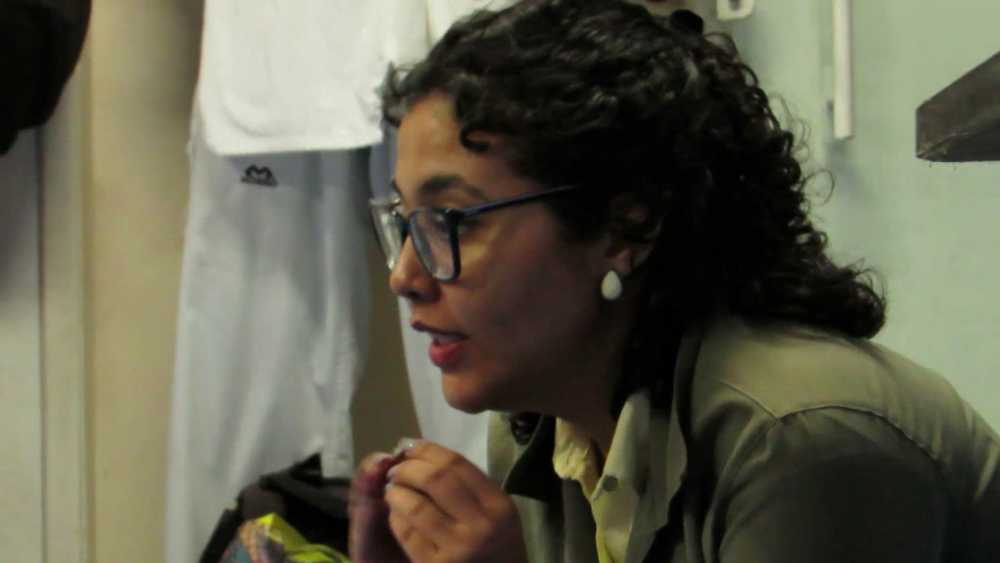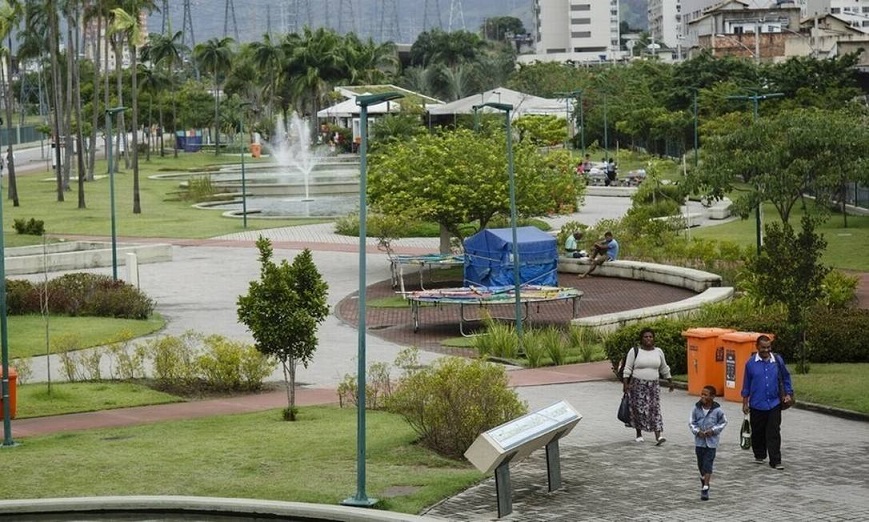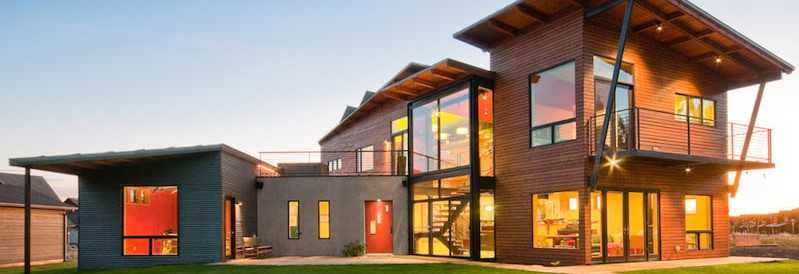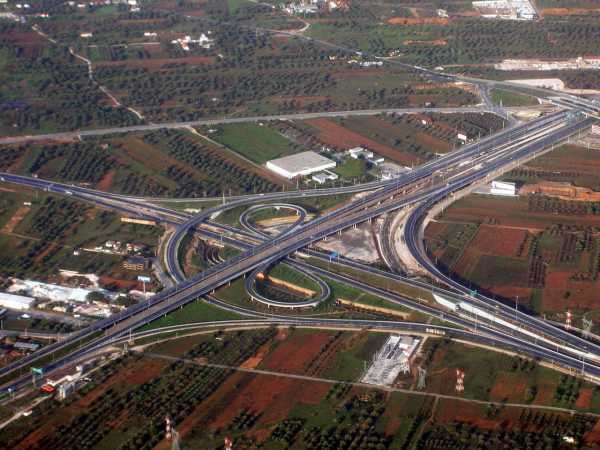Planning an elaborate event is always daunting, especially if you want it to be as climate-friendly as possible. To ensure your next big shindig, feast or festival is sustainable with a minimum of stress, check out this illustrated and easily navigable top-to-bottom how-to guide from TickPick.com.

In a world where Harley-Davidson is now offering an electric bike, Ford is touting an electric truck, and electric scooters fill city streets everywhere, it seems safe to say that the electric automotive industry has taken off in a big way. Formula E electric auto racing, which proves that electric vehicles can be just as sleek and powerful as their gas-guzzling counterparts, reflects a growing global interest in the vision of a carbon-free future.

On the occasion of World Environment Day 2019, celebrated on June 5, the Jadir Taekwondo Association launched the third edition of AJTKD Environment Week. Several activities were planned and executed throughout the week aiming to raise awareness of the importance of the environment and its preservation.
The event began with lectures on the themes "Sustainable Use of Energy" and "The Sustainable Development Goals", carried out by prof. Paulo Rocha, Ph.D. in Electrical Engineering at COPPE-UFRJ and volunteer at AJTKD.

Rocha explained how "the efficient use of electric energy reduces the emission of greenhouse gases and contributes to the environment," and how "it minimizes electricity bill expenses at the end of the month."
Youth participants then had the opportunity to watch a cartoon animation about the UN's Sustainable Development Goals, which reinforced the importance of preserving the environment in order to keep the planet sustainable.

Perhaps most exciting of all for the students was a virtual reality experience whereby they got the opportunity to visit the largest rainforest in the world - the Amazonia. Virtual reality makes it possible to take students into places that would otherwise be physically unviable.
Parque Madureira, the third largest public park in the city of Rio de Janeiro, was the host of the sports activities held during the event. Several Taekwondo classes were held, as well as presentations aimed at students, their families and the community.
The park has an area of 109,000m², and is home to more than 800 planted trees.

Banner image from Jens Hausherr. Others courtesy of the Jadir Taekwondo Association.

On June 4, the World Bank Group's third annual Innovate4Climate conference will convene in Singapore to brainstorm bold new strategies for financing eco-friendly development across the planet. Climate champions from the spheres of business, policy, banking and tech will pool their expertise to tackle pressing topics such as sustainable cooling and efficient battery storage.

Sizing up the (Worthwhile) Challenge of Green Living
Green living entails more than just lifestyle adjustment; it is a mindset, and until you believe in what you are doing, you’ll never be able to fully follow through. Many decry the sacrifices or inconveniences associated with green living, but if you genuinely believe the lifestyle is the correct one for you, these sacrifices will not feel like sacrifices, and these inconveniences likewise.
Cultivating a green home is not easy, but once you have committed, you will reap many rewards—including significant financial savings as well as the hard-won feeling that you are doing your part to secure a sustainable future for your family and your planet.
Selecting a Site for Your Green Home
When deciding on a site for a green home, you will need to put in some research. If possible, choosing a home in close communion with the natural world can be a great first step. Properties with ample shade trees can make cutting back on heating and cooling costs easy, and properties with gardening space offer many exciting opportunities.
Keeping your roof out of the shade, however, will enable you to implement solar panels and pivot away from electricity from the power company. And if you’re interested in any form of wind power, make sure you select an area with favorable geography and frequently high wind velocity.
To cultivate your own fruits and veggies, you’ll need fertile ground. Determining the suitability of any given property to long-term green gardening can be trickier than you might think, so bringing an expert adviser aboard is a wise move.
You’ll also need to think about where you want your water to come from. Taking advantage of natural fountains and boreholes can be a viable strategy if you put in the time to pinpoint locations with readily accessible water.
Last but not least, try not to move too far from your workplace, especially if you travel to and from work by car. The pollution that comes with lengthy auto commutes every day will run counter to all the good you’re doing at home.
Building a Strong Foundation
When deciding on the foundation for a green home, bear in mind your heat retention needs. Materials like plywood and aluminum are slightly more expensive than others, but they can pay off in the long run in terms of saving you costs on heating.
Judicious use of precast concrete can prevent rainwater from breaching the house and can help guide rainwater on the property to a central location where you can make use of it. Insulating your basement against moisture is also a key step, as the costs of dealing with mold growth can be very dear.
What Materials Should You Consider for Your Roof and Walls?
If you’re not overly worried about your home getting too cold, recycled steel is a sturdy and modern choice that will protect the structure against strong winds and other forces no problem. Plant-based polyurethane foam can be used to help insulate the structure against the chill of winter.
Precast concrete is a tried and true option that is somewhat more eco-friendly than non-precast. As with recycled steel, you’ll find yourself paying extra for the eco-friendliness, but if you can manage the costs it will pay off in the long run.
Bamboo is a natural material with extremely high tensile strength and a bold look to boot. It is well-suited to windows—key for ventilating your green home—and does not require too much maintenance (though do be sure to have any sustainable woods in your home treated regularly to avoid pest issues).

How Should You Use Your Rooftop Space?
The roof is an exciting place in a green home, offering many sustainable living options to homeowners.
If you ensure it gets regular exposure to direct sunlight, your roof can be a great place for a vegetable garden. It is also the ideal spot for solar panels, which can take in solar energy during the day that will be available to you at night.
Speaking of the sun, bear in mind that darker-colored roofs will retain much more heat than light-colored roofs. Bear the location of your home in mind when choosing a color to save on heating/cooling expenditures.
Installing a sunroof that can admit sun directly into the home when desired is another fine way to regulate the temperature in your green residence.
Living Sustainably
Getting your green home set up is only half the battle: green living is a mindset, remember, and you must hold on to this mindset once your new home is ready for action if you want the project to be a success.
If you chose the property with solar power and/or wind power in mind, be sure to follow through on implementing these technologies once you move in to capitalize fully on the advantages of the house. Raise as much of your own food as you can through gardening. You can use the leftover water from bathtubs and showers to help your plants grow, as well as collected rainwater.
If you’ve done all the hard work needed to create an eco-friendly home, you should have no problem seeking out Energy Star-certified sustainable appliances and LED lighting fixtures (where affordable). And be sure to compost and recycle what you can to cut back on waste!

Is Going Green Worth It?
The answer to this all depends on you, your beliefs, and your financial situation. If you believe passionately in sustainable living and looking out for the environment, think you can maintain this mentality moving forward, and have the money to create a green home from the ground up, why not?
It’s worth bearing in mind too that while this article details ways in which you can sculpt a green home from ground zero, the many tips and suggestions included here can also be applied in isolation if you lack the means or motivation to overhaul your current housing situation. Solar panels, rooftop gardens, rainwater management, etc. can all make for more sustainable living, regardless of whether you optimize every last thing.
At the end of the day, it’s up to you to decide how radical a change your looking for, and to make that change happen in the interest of the health of Mother Earth.
Images taken from Amanda Brown's original article.

At an elite Formula E auto race, sleek, slate-of-the-art vehicles dart between one another with dizzying speed and style while thousands of fans look on. The atmosphere is electric—and so are the cars. Presented by the Fédération Internationale de l'Automobile (FIA), the Formula E racing circuit does away with the fuel-guzzling vehicles of Formula 1 without sacrificing any of the associated thrills, demonstrating in major cities worldwide that electric cars represent a bright future for the auto industry.
As Formula E's most decorated driver, Lucas di Grassi, articulated at an "E-Prix" last year in Santiago, Chile, the proliferation of electric cars is a trend that benefits everyone, even setting aside its obvious benefits for the planet we all share. The cars of the future, he said, will be electric not merely because of environmentalism, but "because they will be cheaper to operate, they will be faster, and they will be more exciting."
This Friday and Saturday, Rome, Italy will play host to an E-Prix in which drivers will fly through tight, historic streets in their quest for a place on the podium. The main races will unfold on Saturday, with Friday reserved for diverse events in the spirit of outreach and education on electric cars and urban sustainability more broadly. These events represent the latest in the FIA's Smart Cities Forums program, which has gone hand in hand with global Formula E events for three years running.

Presided over by FIA president Jean Todt, the Friday festivities will include keynote speeches on the topics "How are Cities Preparing for the Urban Revolution?" and "New Mobility Services Transforming Cities," as well as a group presentation on "Policies for the Cities of the Future" and panel talks addressing the balance between old and modern modes of mobility and the importance of urban innovation. Representatives of Formula E racing will also address the crowd, walking those gathered through the advanced tech under the hood and emphasizing what it could mean for their city down the line.
Seven lucky students from Rome's own Link Campus University will team up with visiting students from France's multinational Sciences Po college to interview the speakers and racers directly on issues of urban sustainability, guided through their unique experience by Prof. Carlo Maria Medaglia, Link Campus's director of innovation. These students will be representating thousands of young pioneers in the field of urban sustainability, who are every day paving the way for a greener future across the globe.
As Alejandro Agag, CEO of Formula E Holdings, is quick to point out, Formula E racecars are a major help in catalyzing the transition to electric vehicles, the development of bold new technologies, and the reduction of harmful urban pollution. "Sport can show these cars going fast, aggressive—fun—changing the perception of these cars," he says, "and at the same time becoming a platform to improve the technology of electric cars through competition."

Connect4Climate resumes activities in loving memory of our dear friend and climate champion, Max Thabiso Edkins.
Please join us on Earth Hour, March 30, 8:30-9:30 pm local time, as we turn off the lights and honor Max’s legacy.

Know any young people campaigning for climate action? The United Nations Environment Programme (UNEP) is holding a competition centered on change-making youth passionate about sustainability and the environment.
If the world is to keep climate change at manageable levels before the middle of the century, changes in lifestyles are not only inevitable, but would need to be radical, and start immediately. Considering current consumption levels, citizens in many developed countries would have to cut their lifestyle carbon footprints by about 80-90% or more, and some in developing countries by about 30-80% within the next 30 years.

Africa Climate Week 2019, taking place in Accra, Ghana, will bring together leading sustainability innovators from the public and private sectors for an energetic and honest dialogue about African climate concerns and the next steps in combatting them. It is the first Regional Climate Week of 2019, to be followed by Asia-Pacific, Latin America and Caribbean Climate Weeks.




